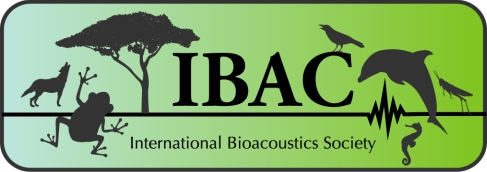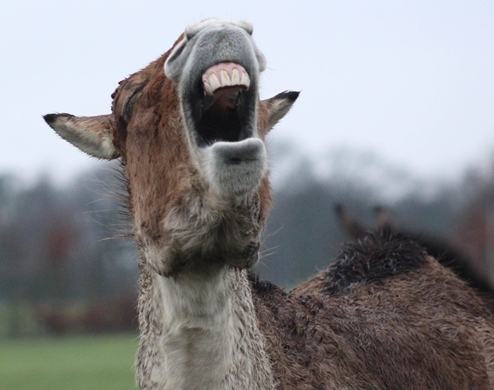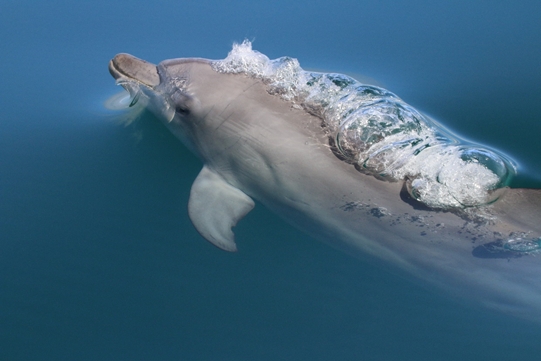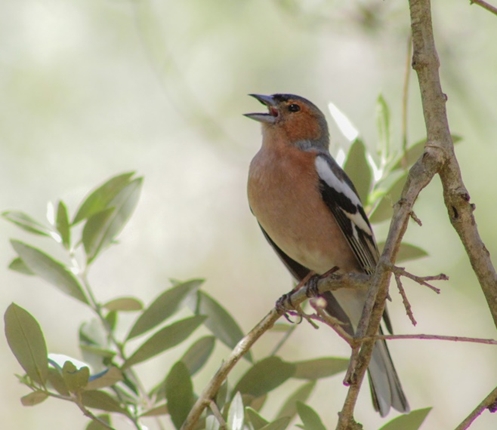
What is bioacoustics?
Many animals use sound to communicate: to find a partner, defend a territory, signal the presence of predators or food sources, to compete or collaborate, and to recognize and interact with members of the group. Such communication is essential for many species, including our own. Bioacoustics, the science of animal and human sounds, is a field of enquiry at the crossroads of biology and physics. Bioacoustics brings together animal behavior, signal processing, neuroscience, ecology, evolution, biodiversity, conservation and the archiving of biological sounds. Bioacousticians strive to decipher how animals produce and hear sounds, the information encoded in their sound signals, the use of this information in their daily lives, the development and evolution of their acoustic communication systems, and how animal vocalizations can be a tool to assess the vitality of an ecosystem.
Why bioacoustics?
The study of the richness and complexity of animal acoustic communication can help us understand how our own communication system works, our words, our laughter, our cries. Bioacousticians are a bit like Champollion, the historian who deciphered the hieroglyphs using the Rosetta Stone, a fragment of a stele where the same text is written in several languages. To decode animal languages, many other methods must be used, but the goal remains the same, namely to decipher their meaning. Bioacoustics is a discipline mainly rooted in ethology, the science of animal and human behaviour. As such, bioacousticians stand on the shoulders of Nobel Laureate Nikolaas Tinbergen who explained that to fully understand animal behavior, four questions must be answered:
- What are the mechanisms of production and reception of acoustic signals?
- What adaptive functions explain the persistence of an acoustic communication system?
- How has acoustic communication developed over the course of an individual's life?
- What has been the evolutionary history over geological time of an acoustic communication system?
The past few decades have seen a huge improvement in our ability to answer these four questions. However, we are still waiting for more answers and bioacousticians are working, for example, to explain the fine mechanisms of vocal production, to understand why and how acoustic communication developed over the course of evolution, and to develop quantitative calculations of the amount of information encoded by emitters and decoded by receivers.


How can bioacoustics contribute to understanding of the world?
In addition to deciphering the proximal and ultimate mechanisms of acoustic communication, bioacoustics also has many practical applications. Humans have long used sounds to attract or repel animals. Today, automatically identifying and counting birds, whales or other animals by recording their vocalizations is one of the many practical applications of bioacoustics. Soundscapes are also indicators of biodiversity, and now bioacoustics tools are being employed to measure biodiversity and assess the state of an ecosystem (an approach called eco-acoustics). By listening to forests, reefs, lakes and mountains, we may learn, in real time, how they are changing, for example if new species have joined them, whether others have disappeared, and how human disturbances may be affecting them.


Who are the International Bioacoustics Society (IBAC)?
Bioacoustics is the result of a happy marriage between the love of nature and the love of sound. Bioacoustics has become a booming field, thanks to improvements in recording equipment and sound analysis programs, and the passionate scientists and amateur recordists who have devoted their careers and time to its various facets. From the very beginning, IBAC has been committed to encouraging interaction between the diverse range of people involved in recording, studying and analyzing animal sounds. Thanks to its international conference and network of international members, IBAC is a community where the results of field and laboratory studies as well as new ideas and the latest technological developments are exchanged in a friendly and non-competitive environment.
We hope that the International Bioacoustics Society will continue to promote these passions among the new generation, and we extend to you our warmest welcome.
The IBAC Committee.




